BRUNSWICK — David Becker never strayed far from Bowdoin College.
A member of the class of 1970, Becker fell in with the Bowdoin Museum of Art as a freshman, having been taken under the wing of former director Marvin Sadik. Smitten by art and fueled by a desire to improve his knowledge, he remained deeply involved with the museum until his death from cancer in 2010.
The bond between the museum and the man is accented in the exhibition “Printmaking ABC: In Memoriam David P. Becker,” on view at Bowdoin through March 24. The whimsical and joyful exhibition consists of about 80 of the prints that Becker collected during his lifetime.
“Bowdoin was the essence of his drive,” said Bruce Brown, a colleague of Becker’s and collaborator on the 2006 book that Becker penned, “The Imprint of Place: Maine Printmaking, 1800-2005,” considered the authoritative resource about the history of printmaking in Maine.
“David didn’t know anything about printmaking previous to his Bowdoin experience. But he became enamored of prints while he was at Bowdoin, and that became the guiding force of his life,” Brown said.
The museum sparked Becker’s interest in the visual arts, and in particular for his passionate pursuit of prints and printmaking. Becker gave Bowdoin a collection of about 1,500 prints.
“Printmaking ABC” offers a sliver of Becker’s trove, but curator Joachim Homann has arranged it in such as a way that it feels expansive — and it certainly represents the depth and breadth of Becker’s collecting regimen.
There are contemporary prints from Terry Winters, Eric Avery and Leonard Baskin, and classic prints from the likes of Rembrandt, Albrecht Durer and Odilin Redon. The prints on view span some 500 years of printmaking.
The museum closes for the holidays on Monday, and reopens on Jan. 2. When it does, Homann encourages viewers to come once and come again.
The show demands more than a cursory viewing, because these prints are richly detailed and revealing, he said.
“A viewer who spends time with these prints will come away with a different understanding of fine-art prints,” Homann said. “This is a show that needs a lot of time. I hope that people will spend many winter afternoons at the museum.”
Bowdoin Museum docent Lucy Cooney encourages visitors to get up close for all the details.
“You absolutely have to get face-to-face with the works and spend some quality time just looking,” Cooney said. “Many of the works, including those by my all-time favorite, Albrecht Durer, are incredibly detailed. Fortunately, they are all safely framed behind glass, so the security guards are a bit more lenient about proximity to the art.”
MAN OF LETTERS
Homann grouped the show alphabetically as a nod to Becker’s interest in lettering and calligraphy. Each letter of the alphabet represents a theme — some related to technical processes of printmaking, others to the collector’s personal interests.
Homann selected prints that represent the depth and range of the collection and that offer insight into the collector’s humanity.
The letter “P,” for instance, stands for “political activism.” Homann selected an Eric Avery print from 1984 titled “AIDS,” which features a skull printed on Mexican wrapping paper. The Baskin print, from 1954, is a life-size image of “Hydrogen Man,” disfigured from the effects of escalating modern warfare.
A Picasso print falls in the “H” category for “heads.” In addition to Picasso’s cubist interpretation of the human head, we see a print depicting a beheading and a head on a table.
“T” is for “trees” and “V” is for “vegetation.” In both groupings, viewers learn of Becker’s environmental interests. Other topics range from the technical, such as “etching/engraving” and “lithography” to the thematic, such as “night sky.”
Perhaps no category better represents Becker than the letter “K,” which stands for “knowledge.”
Homann chose three prints for this topic: A 16th-century Durer engraving of a scholar in his study; a Rembrandt etching of a man contemplating the Bible in the dark; and Redon’s 1892 lithograph “The Reader,” depicting a balding, bearded man seated comfortably in a chair with a book open on the table. There is a candle to the side, and light streaming in a window. Other books are scattered about.
The subject of the print could well be Becker himself.
LIFELONG LEARNER
Becker never stopped learning, and always tried to improve himself by exploring his interests with vigor. His print collecting was just one example, and certainly the most public and obvious, Homann said.
“The Redon lithograph affords a perspective of the great joys of learning, and that is what motivated David Becker as a scholar and as a collector,” he said.
Maine arts writer Carl Little met Becker in the early 1980s when Little worked at a print gallery in New York City that specialized in European prints. When Little later moved to Maine, he got to know Becker well, often visiting him at his home in Portland’s West End.
“He was the consummate scholar,” Little said. “The range of his interests, from the old masters to the contemporary, was so thorough and so deep.”
As impressed as she was by the quality of the prints, what impressed Cooney most was the generosity of the collector.
“I think it’s amazing that someone can be so focused and passionate about something, and then to be so generous and share it, making it accessible to not only museum-goers, but students — which of course he was himself when he started collecting,” she said.
“It’s a nicely completed circle that will continue to give.”
Staff Writer Bob Keyes can be contacted at 791-6457 or:
bkeyes@pressherald.com
Twitter: pphbkeyes
Send questions/comments to the editors.


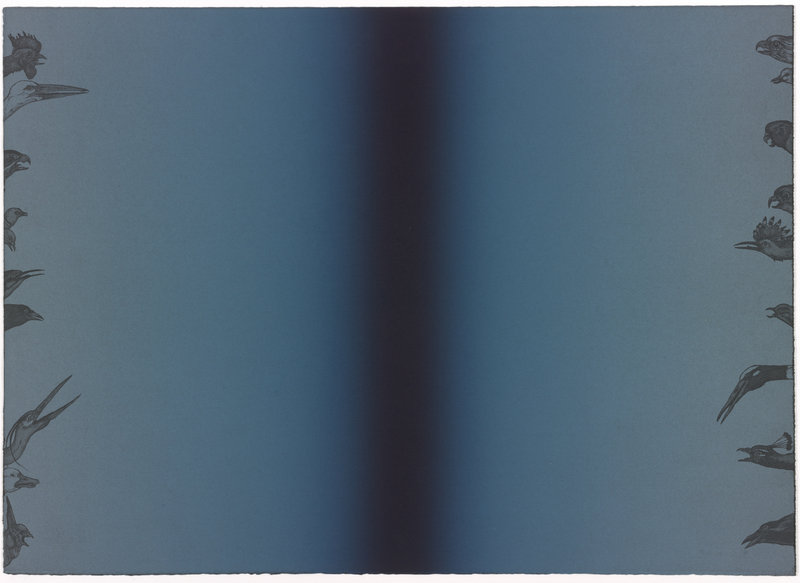
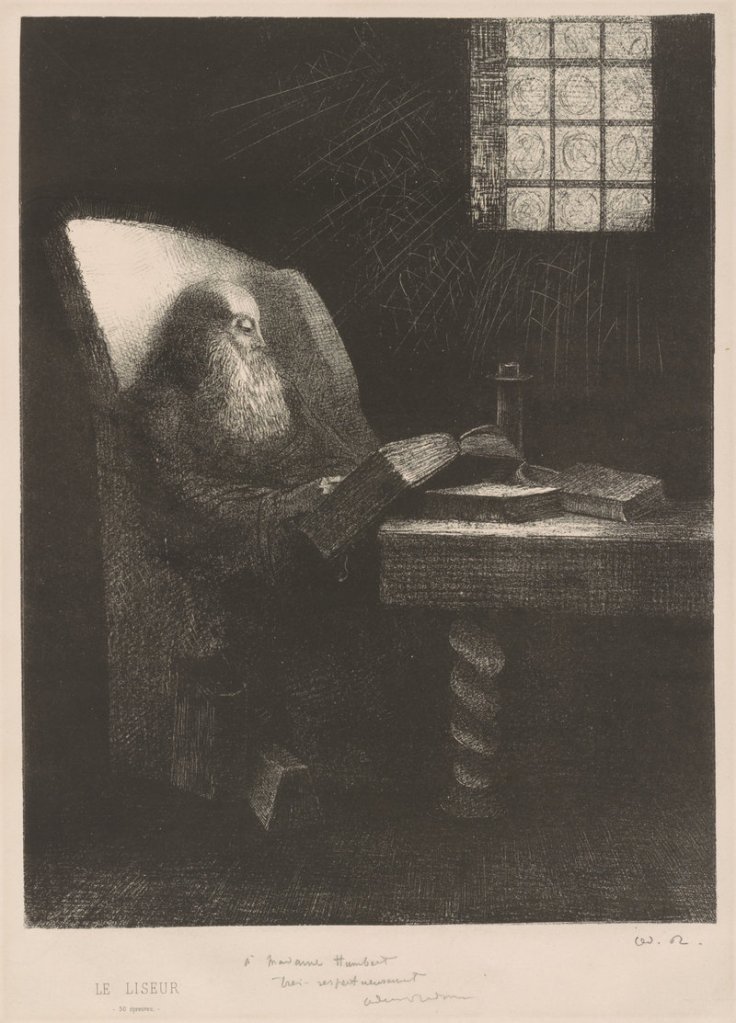
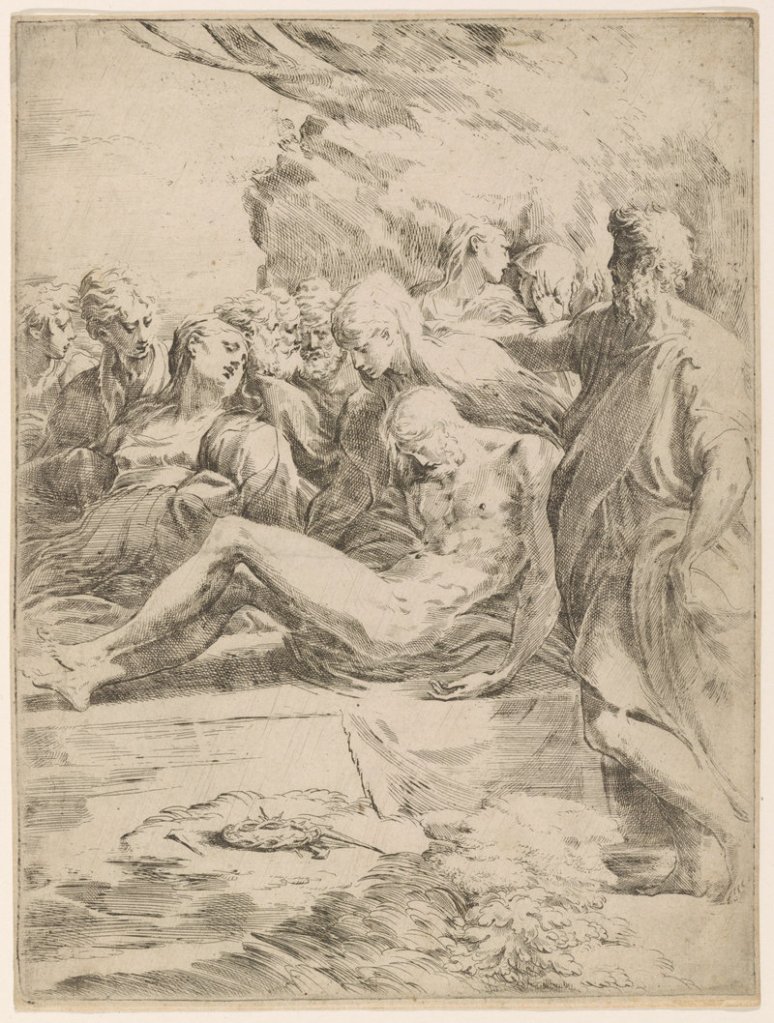
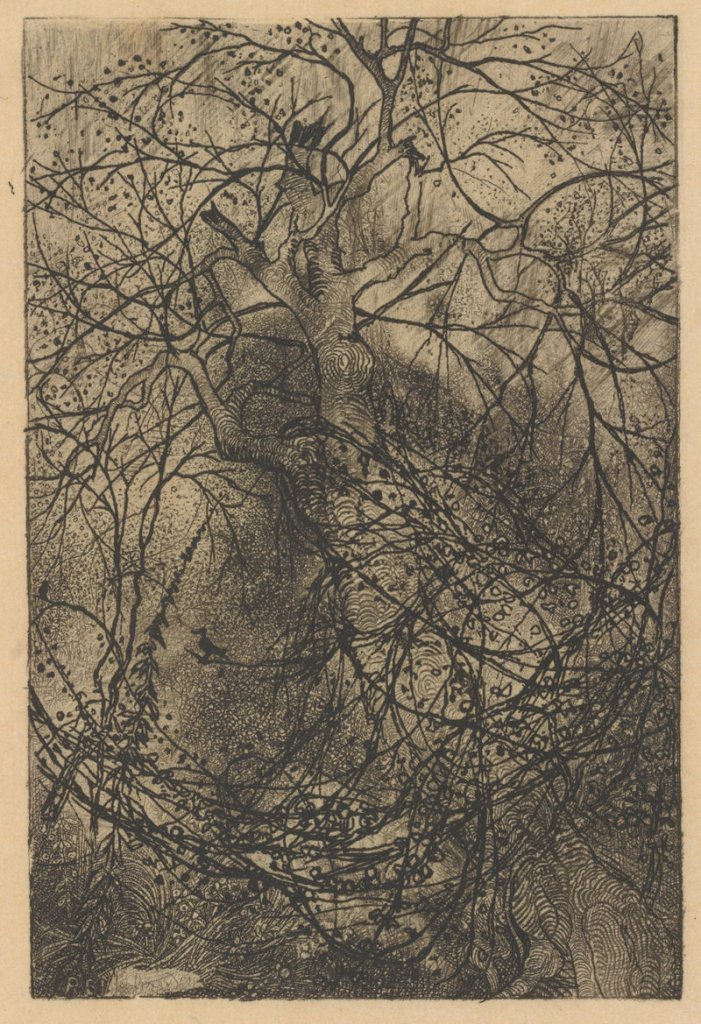
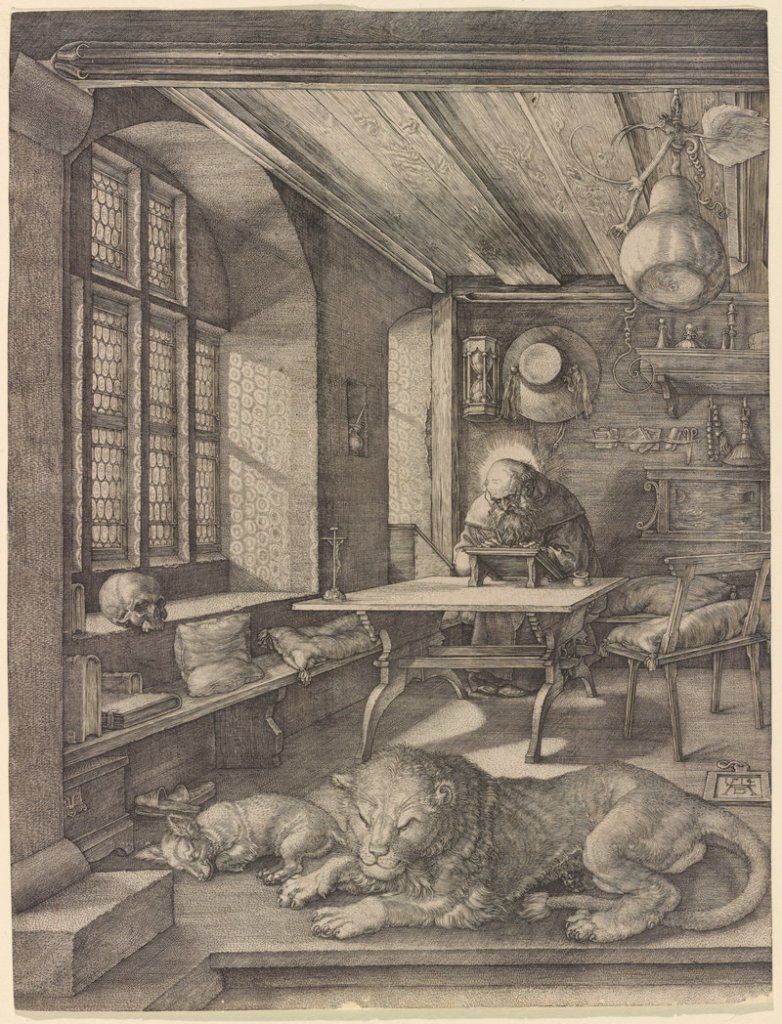

Success. Please wait for the page to reload. If the page does not reload within 5 seconds, please refresh the page.
Enter your email and password to access comments.
Hi, to comment on stories you must . This profile is in addition to your subscription and website login.
Already have a commenting profile? .
Invalid username/password.
Please check your email to confirm and complete your registration.
Only subscribers are eligible to post comments. Please subscribe or login first for digital access. Here’s why.
Use the form below to reset your password. When you've submitted your account email, we will send an email with a reset code.